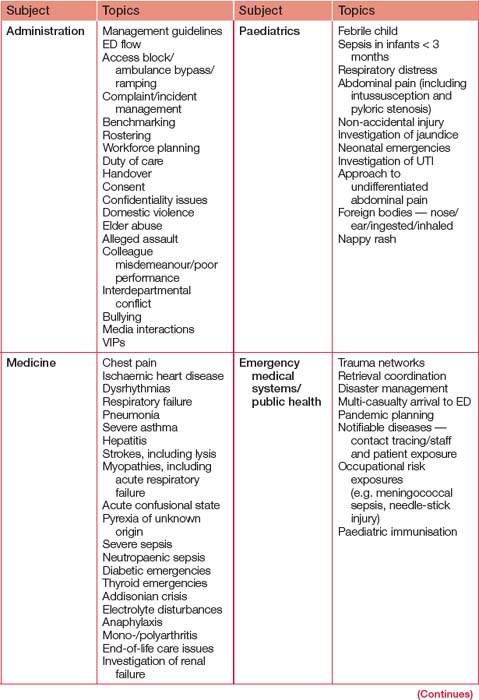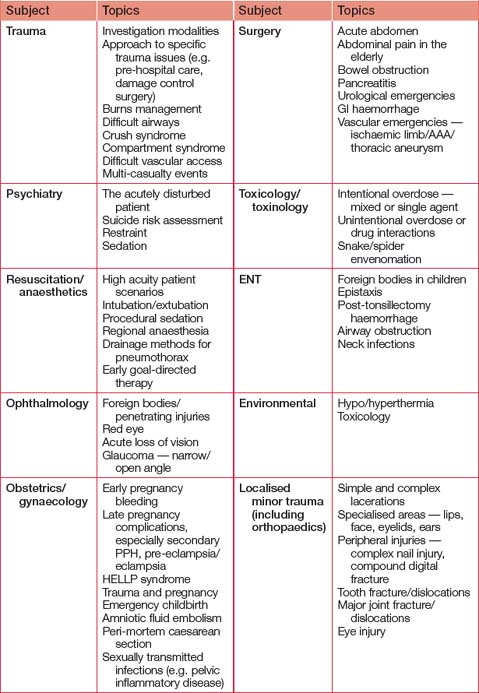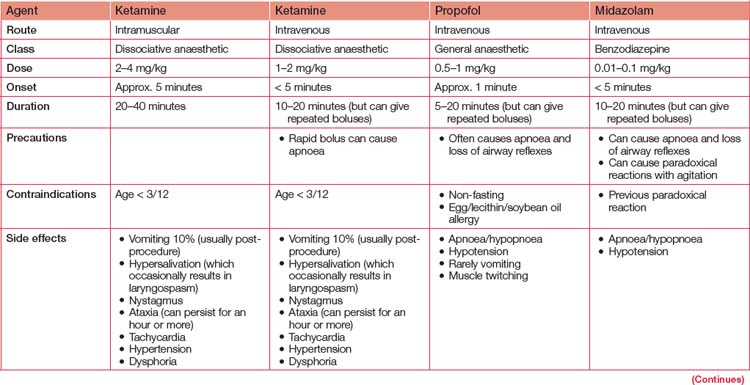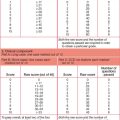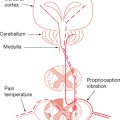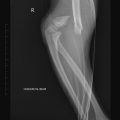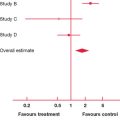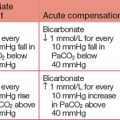Chapter 3 Short-answer questions
Format
The College has produced a glossary of terms used in the fellowship exam, which is available for use in the exam room (see the glossary at the back of this book). Utilise this list when answering the questions: answering about treatment when investigations have been requested will not score marks.
Preparation
Although the range of topics that may be covered is almost endless, there are a number of recurring themes, many of which overlap. Practice questions can be sourced from your DEMT and other consultants, or you and your colleagues can write them for each other. Table 3.1 outlines the major topics that should be practised or at least considered. There is a significant overlap with lists of likely VAQ and SCE topics. This reflects the fact that certain core topics are consistently tested in one format or another during the examination process.
During your preparation, it can be useful to develop some standard templates for answering certain types of question. Tables, flow charts and diagrams are acceptable as part or all of an answer and are particularly relevant for certain types of question. Table 3.2 provides some examples of answer templates for certain types of questions. The table is arranged as per the College’s glossary of terms for the fellowship examination. Some of these templates will be relevant for answering other question types, such as VAQs and SCEs, in a more structured manner.
The answer book for the SAQs is similar to that used for the primary examination. A sample is avail able on the College website (www.acem.org.au). Practise writing your answers in these answer books and using the templates given in Table 3.2. It is worth trying to write your answers on every second line, since this not only facilitates legibility but also gives you space to insert new material should you recall more information later.
For ‘treatment’ and ‘management’ questions in particular, it is oft en useful to consider the 3Cs (condition, cause and complications) and not just the condition when formulating answers. Try to tailor the template to the question by providing examples of the key relevant history, and what you would be looking for or expecting to find on examination or from specific investigations. A few examples for each subpoint are expected (e.g. in suspected renal colic, ward test urine for haematuria to support diagnosis and examine abdomen to exclude AAA if elderly).
On the day
Be aware that by the end of the two hours, you will be both physically and mentally fatigued and can easily lose track of time. Have a reliable method of timekeeping and keep to your self-allocated time frame for each question. It may be worthwhile writing down the number of minutes you have to spend on the sections within each question (or the start/finish times) proportionate to the percentage value designated.
Worked sample SAQs
The following worked examples show the types of questions that may be encountered in the exam.
SAQ 1: resuscitation/toxicology
Sample answer
(a) Initial assessment
(b) Immediate treatment
Specific
SAQ 2: resuscitation/surgery
| T | 38°C |
| HR | 120/min |
| BP | 100/80 mmHg |
| RR | 28/min |
| SaO2 | 91% on air |
Sample answer
Plan
Overview
This is a critically ill alcoholic patient with undifferentiated shock. A broad differential diagnosis must be considered and simultaneous resuscitation, investigations and definitive therapies instituted.
(a) Differential diagnosis
(b) Immediate management
Resuscitate
Investigate
SAQ 3: medicine/resuscitation
Sample answer
Assessment
History
Examination
SAQ 4: administration/medical systems
Sample answer
Information gathering
SAQ 6: psychiatry/medicine
Sample answer
Assessment
History
Examination
SAQ 7: surgery/administration
Sample answer
Recommendations
Investigations
First presentation
Perform the following investigations:

